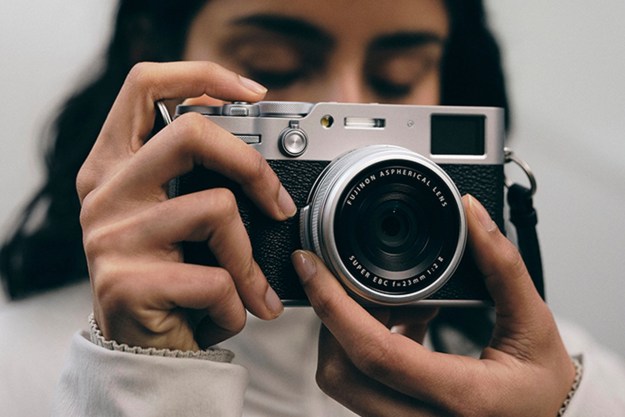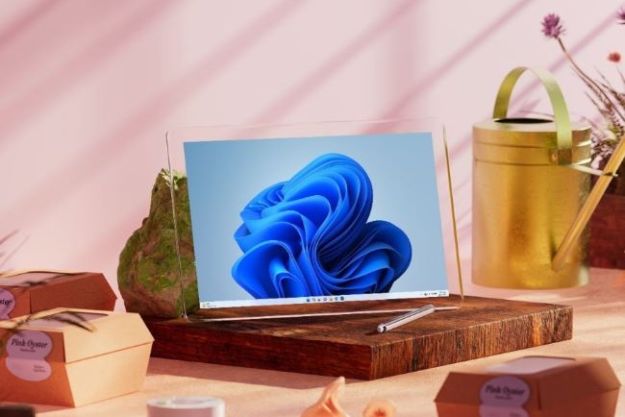Two of the plates were in bad shape and unusable, but one contained a self-portrait of his long-forgotten relative, whom he calls Mr. Albert. Stern, knowing how negative images work, took an image of the glass plate with his modern digital camera, brought the image into his computer, and after a couple tweaks — boom — a fully digital, black-and-white image of an ancestor no one has seen in over 100 years.
But Stern didn’t stop there. He wanted to get a better feel for what the scene may have looked like at the time the image was taken. He had heard about how computer vision algorithms could analyze black-and-white images to give a best guess as to what the colors in the image actually were. Stern notes that it works best with moderns digital black and white images, but that he wanted to see how it did with his 130-year-old image.
The resulting image was not pretty at all. But it served its purpose, giving Stern the guide he needed to open Photoshop and utilize his skills as a photographer to colorize the image. After using every Photoshop trick he could think of, he ended up with a final image that he thinks represents what the true colors of the scene might have been. The image was so good, in fact, that his family did not believe him at first until he showed them the glass plate.




